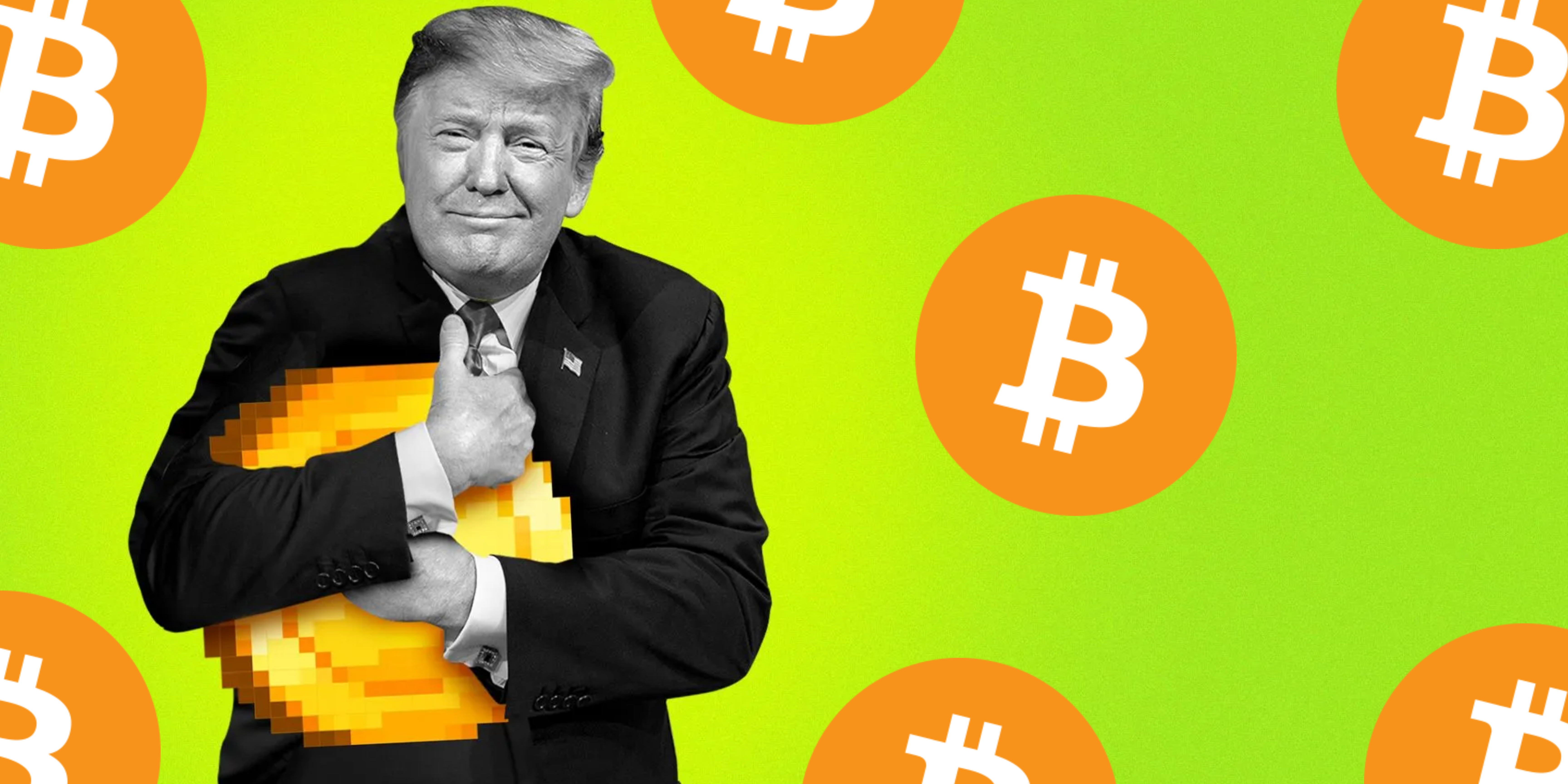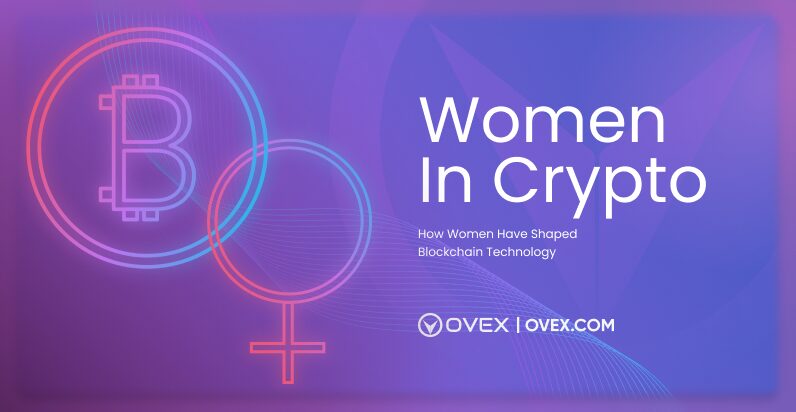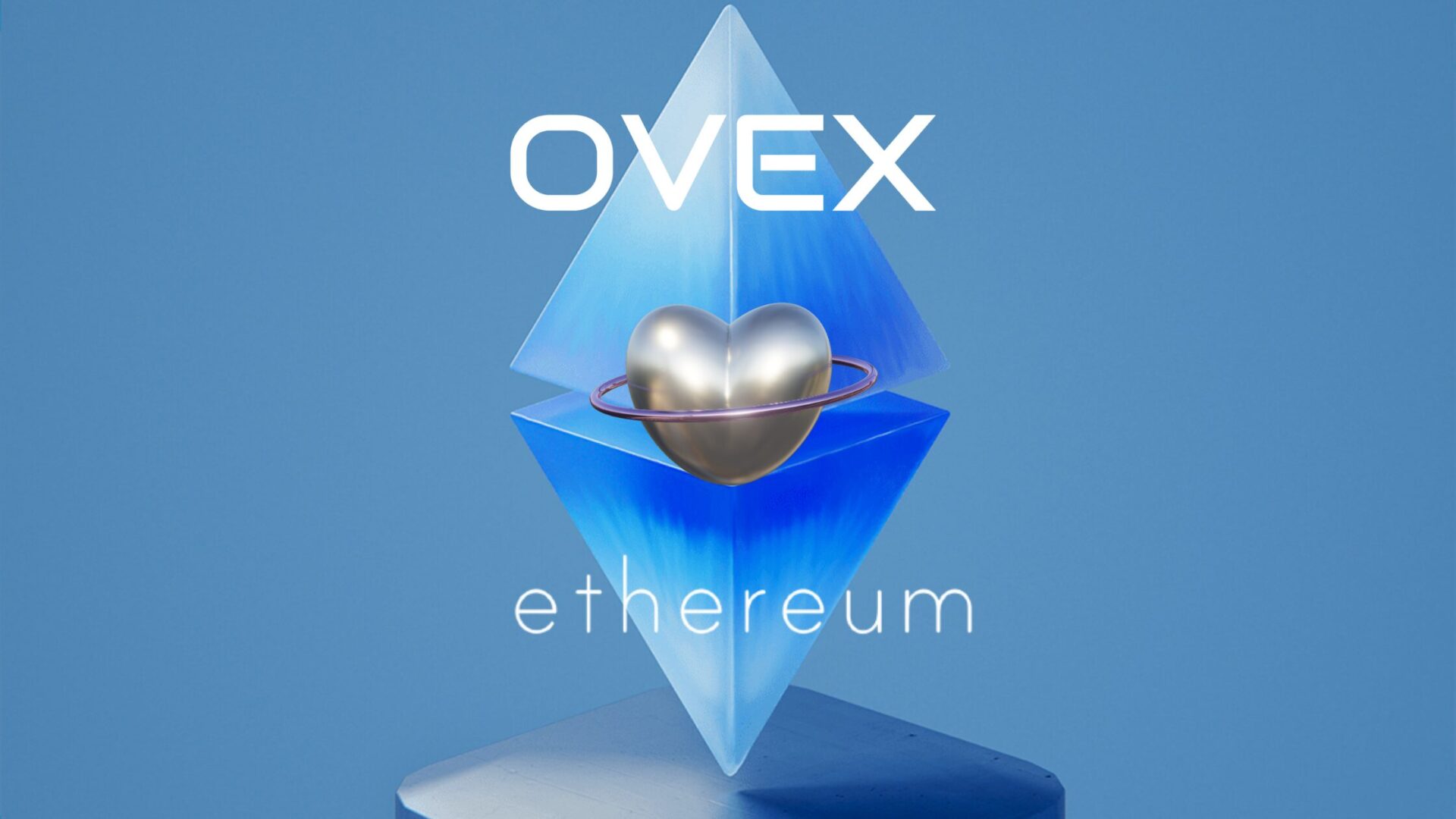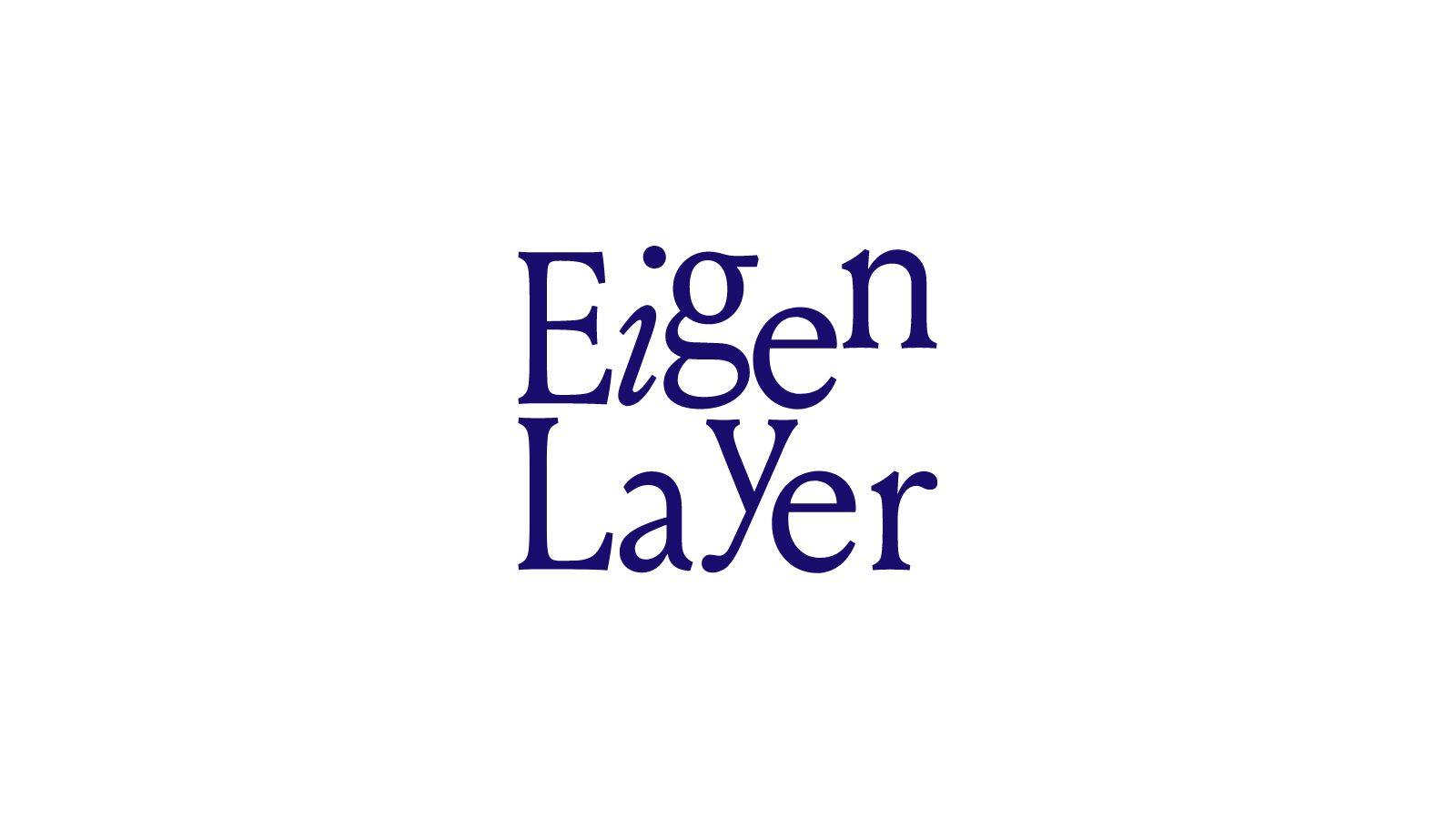What are the implications of the much anticipated ETH Shanghai upgrade (EIP-4895)?
The imminent ETH Shanghai upgrade (EIP-4895) is yet another milestone for the Ethereum blockchain following what was a successful Merge in September of 2022.
The Merge completed Ethereum’s transition to proof-of-stake (PoS) consensus. Now the Shanghai upgrade will allow the PoS participants to withdraw their Ether (ETH) locked up in the staking protocol.
After the implementation of The Merge (which activated PoS on the Ethereum Beacon Chain). ETH token holders could lock away 32 ETH to become network validators. The catch? Their staked funds remained locked, indefinitely.
It is important to note that not all validators staked the minimum 32ETH minimum requirement. Many of these were able to lock away smaller amounts through liquid staking protocols.
What is staking in any case?
The main idea is that participants can lock away (or stake) coins in a specified wallet. Then at particular intervals, the protocol randomly assigns the right to one of these stakers to validate the next block. Typically, the probability of being chosen is proportional to the amount of coins staked — the more coins locked up, the higher the chances of being chosen (much like a raffle). The lucky staker who gets chosen to validate the next block is then rewarded.
The Shanghai hard fork will implement EIP-4895
This is short for Ethereum Improvement Proposal-4895. The upgrade gives validators the option to remove their staked ETH from the protocol. Currently — about 14% of all ETH (accounting for 16 million tokens) are staked. At ETH’s current market value this equates to $26.5 billion!
Most of this ETH has been locked away since Ethereum’s PoS Beacon Chain launched in December 2020. This is why many believe EIP-4895 will have huge implications on ETH supply and demand.
Upon the deployment of the Shanghai hard fork – swathes of validators could (theoretically) get in line to recover/withdraw their staked tokens and pull them from the system.
Many analysts view a mass-withdrawal event of this nature as unlikely though. This considering the generous rewards (yield) received from staking as well as Ethereum’s recent dominance in the DeFi space.
An example of this dominance can be seen in NFTs. After a steep decline in user activity towards the end of 2022, total gas consumption by NFT transactions rose by 97% for two consecutive months at the start of 2023. This suggests that activity around NFTs on Ethereum is approaching levels seen during the NFT Boom.
Regardless of this fact, however, as we move closer to the release date, market participants are closely watching potential sell activity from ETH investors and stakers.
With the certainty of the ability to withdraw, those that wanted to free up their ETH for other opportunities will soon have the option to do so.
On the flip side — ETH ‘HODLERS’ — who have not participated in staking due to the uncertainty surrounding the Shanghai upgrade — will soon have reason to pull the trigger and join the PoS fold.
Shanghai remains a relatively small upgrade, particularly compared to the Merge. But it will have the potential for significant impact for those with staked ETH on-chain as well as an influence on ETH supply/demand.













